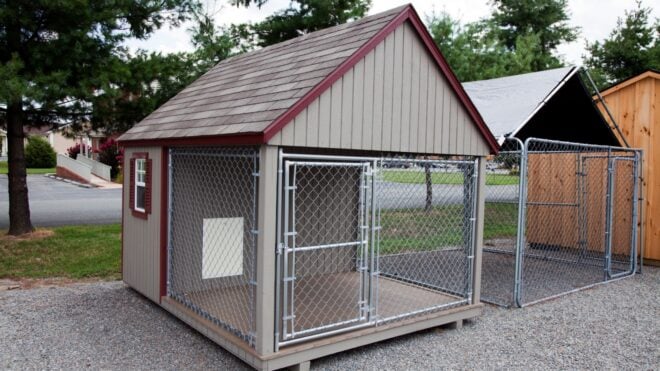Before the American West was what we know and love today, our foremothers and fathers had to travel out there in wagons and settle it for us.
The path along the Oregon Trail was certainly not an easy one, nor was it a short one. It wasn't even one single path!
Can you imagine living back in the 1840s or '50s and having to make the decision about whether or not you wanted to take your family on this arduous journey?
Disease and death were both very real possibilities for those who chose to take the course, but for many, it was the only feasible option left for a decent life.
I don't think I would ever have been able to handle things on the Oregon Trail — the diet alone would be so hard to follow.
But the families in the 1800s didn't have a choice if they wanted to start a new life where they would have a chance to prosper.
How do you think you would have fared on the Oregon Trail? Did we miss any surprising facts from our list? Let us know in the comments, and please SHARE with your family and friends on Facebook!
1. It Was Not Just One Path
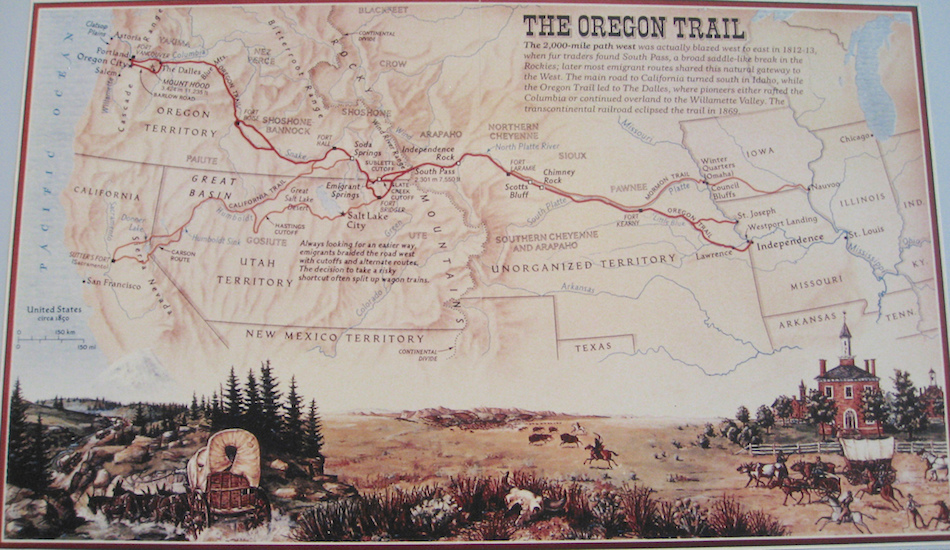
With a name like the Oregon Trail, it might seem as if there was just one single path that pioneers followed.
However, it was more like an open-ended course. The prairie was expansive and unsettled, and each pioneer had to choose his or her own destiny. It involved a lot of freedom, but that freedom sometimes resulted in dire consequences.
Pioneers could never be completely sure that they were making the right choice.
2. It Stretched About 2,000 Miles
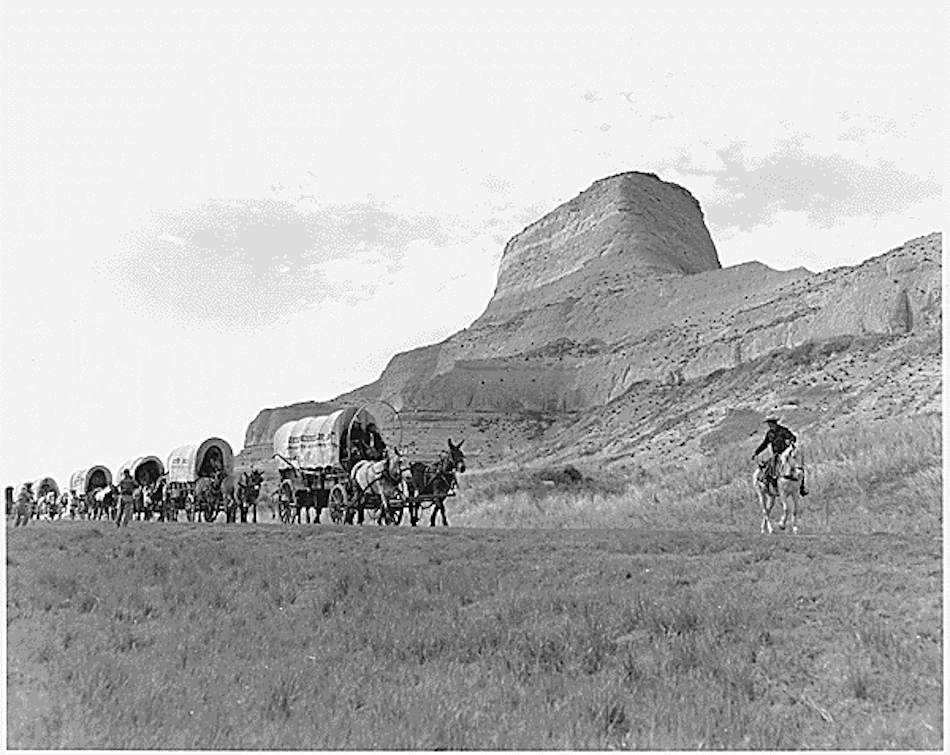
While there were many divergent paths to take, the entirety of the overarching journey stretched for about 2,000 miles, give or take. That's quite a ways to travel in such harsh conditions.
3. It Took Half A Year To Complete

According to Frontier Trails, pioneers traveling about 15 miles per day would get to their destination in about four to six months. Pioneers would leave around May, ideally, and finish sometime around October.
The problem was that if you left too soon, you might get bogged down in mud, and if you took too long on the path, you might have trouble with snow.
4. Picking Mules Or Oxen Was A Big Decision
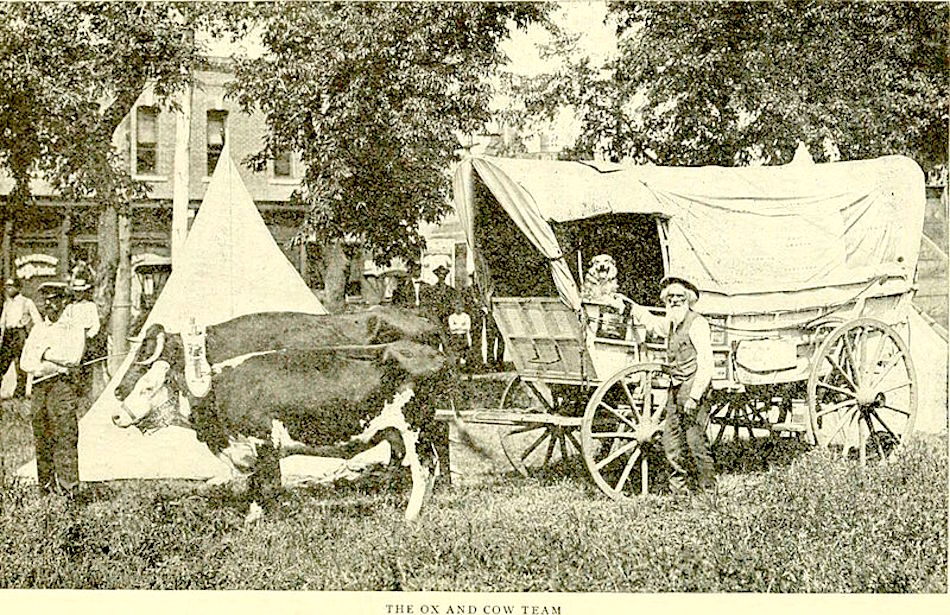
Mules, unlike oxen, responded to commands and training. They also came pretty cheap, which was a major decision-making factor in those times.
Mules also responded to their names, and the tone and emotion in the voice of the human directing them. That said, the mule and its driver had to develop at least a bit of a relationship over the 2,000 miles in order to get there smoothly.
Oxen were much stronger, but they were also much slower. If you had a heavy wagon, an ox might be a better choice in case you needed to get unstuck from mud or travel up a big hill.
5. The Trail Was Scattered With Litter
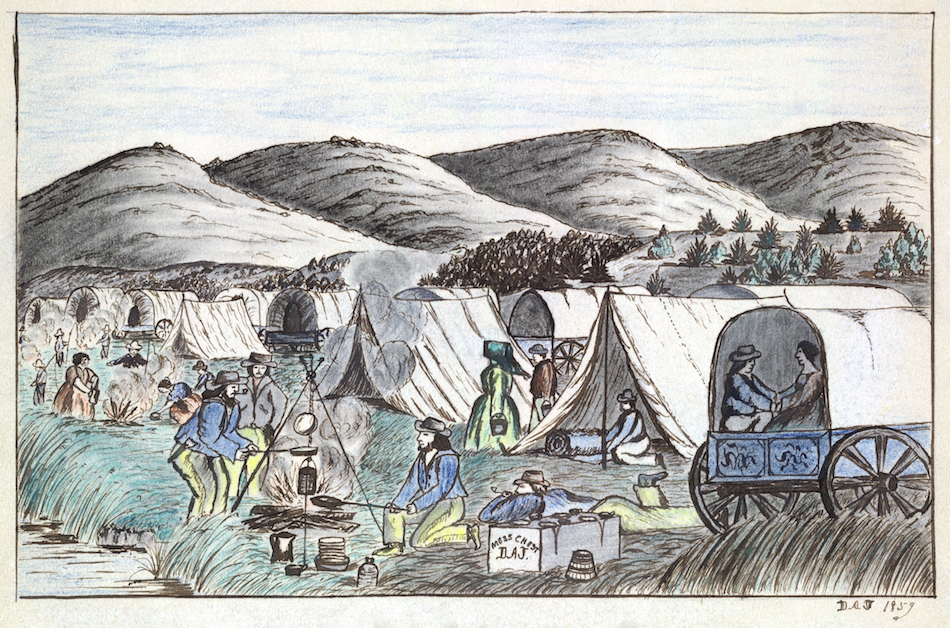
According to Nebraska Studies, folks embarking on the Oregon Trail often overpacked (much like I do every time I go on vacation).
Salespeople would sell pioneers certain "necessities" that travelers would end up ditching along the trail, littering the path to the west with tents, cooking supplies, shoes, beds, you name it.
6. Rain Spelled Big Trouble
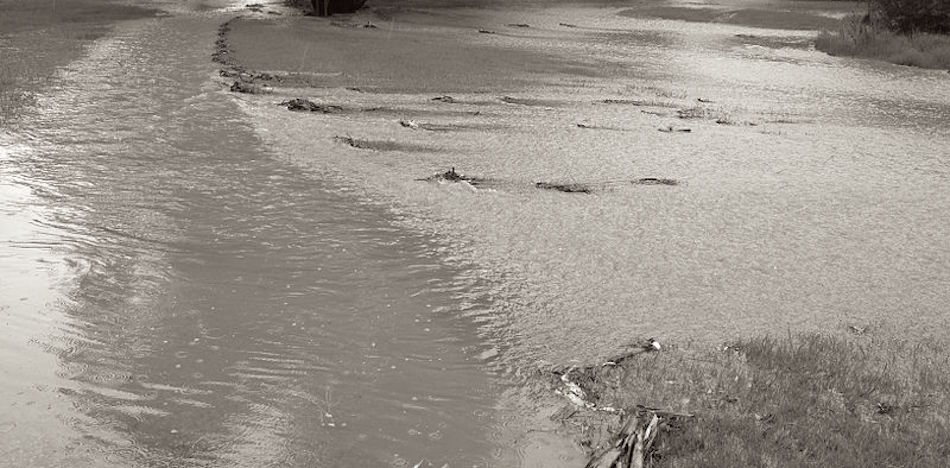
Rain meant mud and rising rivers. Water could rise around riverbeds, turning the surrounding areas into quicksand that could potentially swallow a wagon, a person, or an animal in a matter of minutes.
7. They Used Buffalo Chips To Cook

Since the path was pretty much devoid of timber, travelers had to use buffalo chips (also known as dried poop) to fuel the fires for their meals. Yuck.
8. Crossing A River Was The Most Dangerous Possible Feat
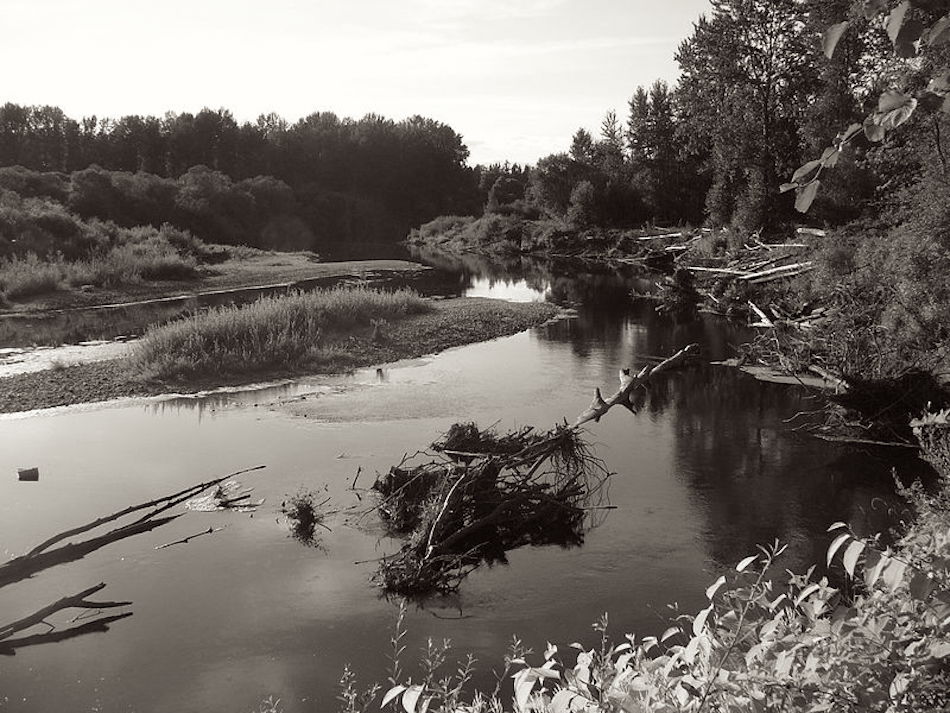
According to the Oregon Trail Center, forging rivers offered up the most potential for danger out of the entire experience of making the expedition across the country. Animals could get spooked and overturn wagons, or even crush the humans. Additionally, people and animals could drown.
It was risky to cross a river, but sometimes pioneers had to take that chance.
9. 400,000 People Traveled The Path
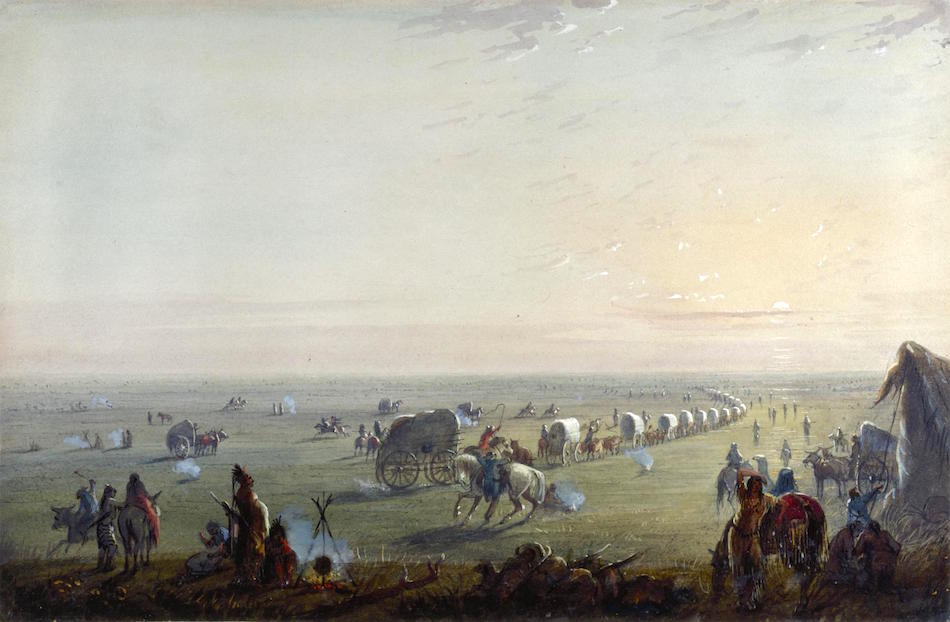
Roughly 400,000 pioneers took to the trail. They were usually aged between 10 and 40, as the going wasn't easy, though one thing was for sure: no one was truly alone on this journey.
These thousands of people came from all sorts of different backgrounds, from farmers to shopkeepers and soldiers, and even saloon keepers. Everyone wanted a chance at a new and better life.
10. Crime Was A Serious Problem
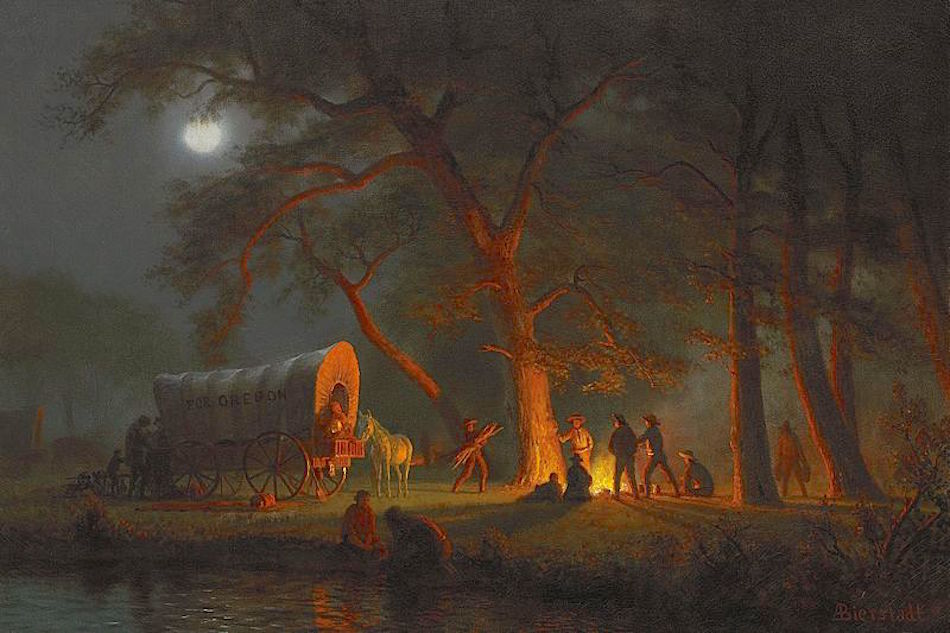
Just because the land was unsettled and there were no sheriffs around didn't mean that crime came to a halt.
According to the Oregon-California Trails Association, many heinous crimes occurred along the path for reasons similar to crimes we still see today, such as fights over relationships and money. They even held trials of sorts and reached verdicts out there in the wilderness.
Did we miss any fun facts about the Oregon Trail? Would you want to have traveled the Trail way back when? Please SHARE with your family and friends on Facebook!



